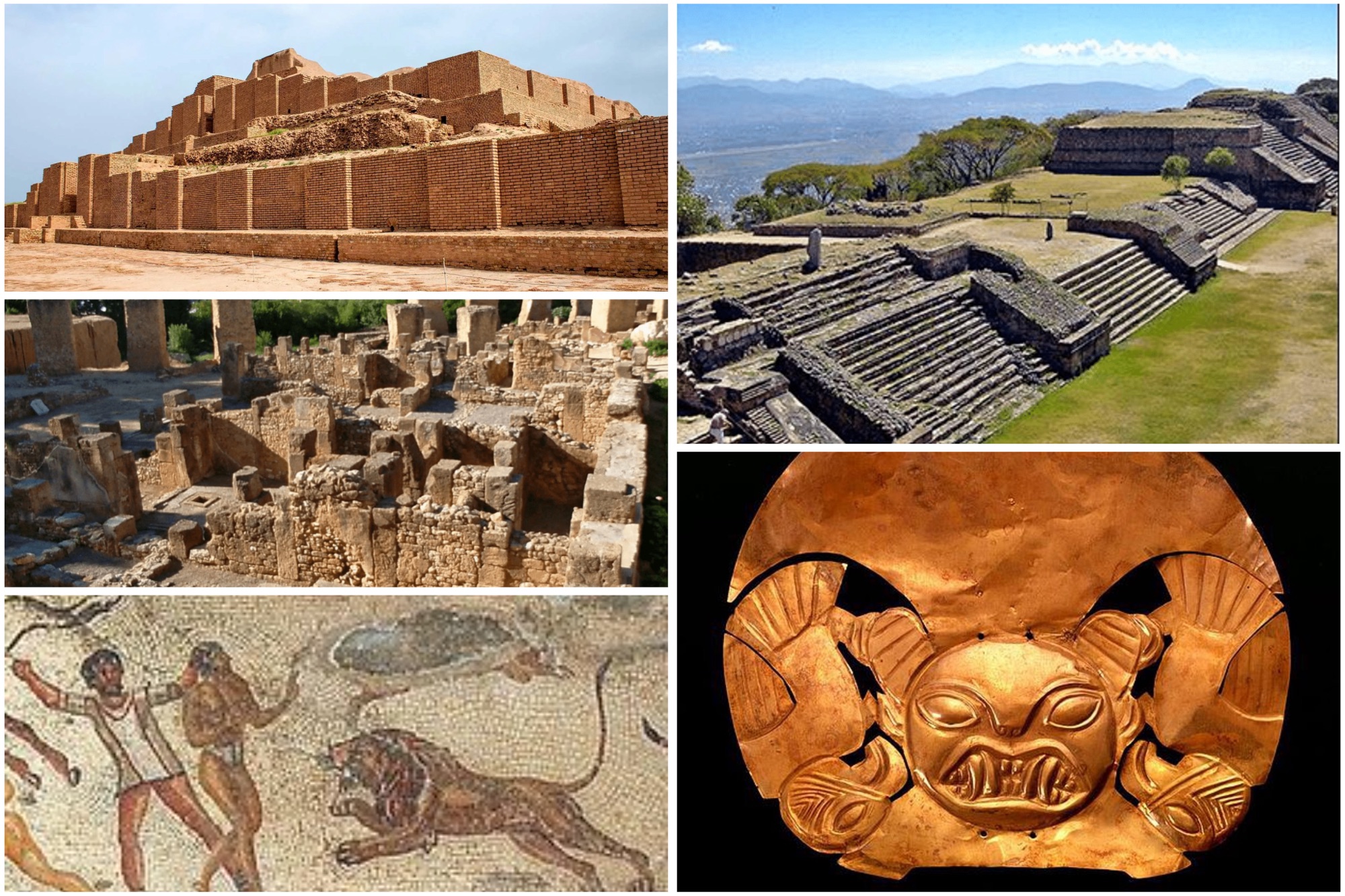When we think about ancient civilizations, the Greeks and Romans often come to mind for their philosophical achievements and military strength, respectively. The Egyptians are famous for their impressive pyramids and advanced irrigation systems. China’s dynasties and India’s cultural contributions are also widely recognized. However, many other ancient civilizations have made significant yet less acknowledged contributions to human history. This list explores ten such empires that have left a lasting impact on the world.
10. Elam
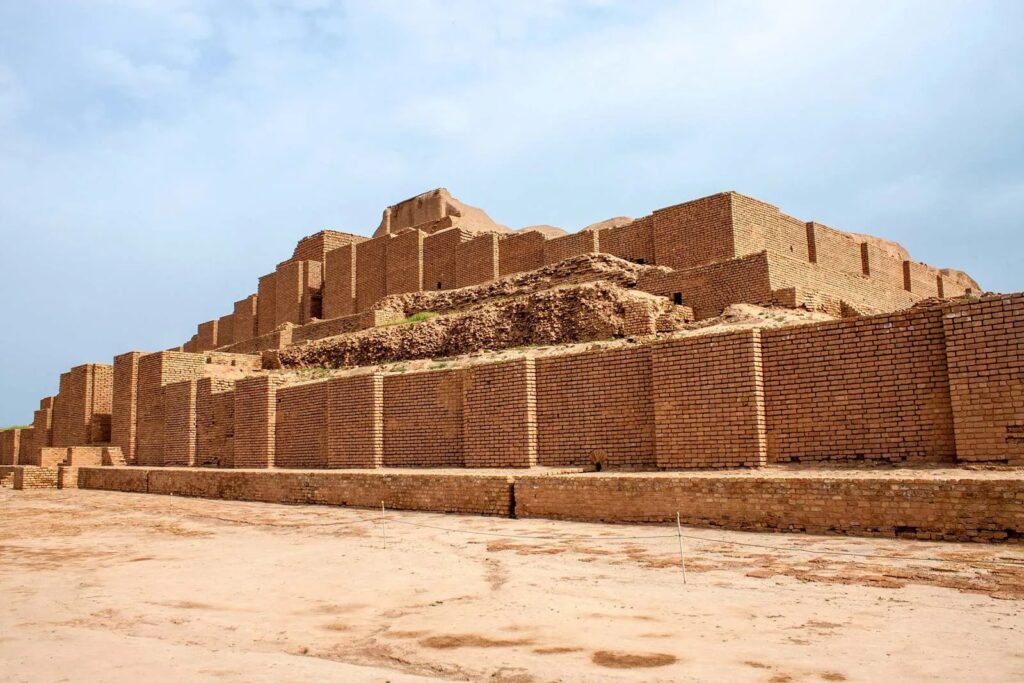
Elam was a prehistoric civilization that flourished during the Copper Age, around 5000 BC, in what is now Iran. Although the Elamites had a highly advanced society, their history was largely overshadowed by the accounts of neighboring civilizations like the Sumerians.
For a long time, information about Elam was primarily derived from these external sources. However, recent discoveries of ancient tablets have illuminated Elam’s sophisticated writing system, “Linear Elamite.” Only recently have experts deciphered this complex script, uncovering extensive details about the Elamite civilization at its height during the Copper Age.
In today’s world, we often underestimate the importance of a writing system. However, for ancient civilizations, developing such a complex system was an extraordinary achievement. For example, the Elamites developed their own sophisticated language and writing system, known as “Linear Elamite,” independently and well ahead of their time, without any external influence.
9. Chavin
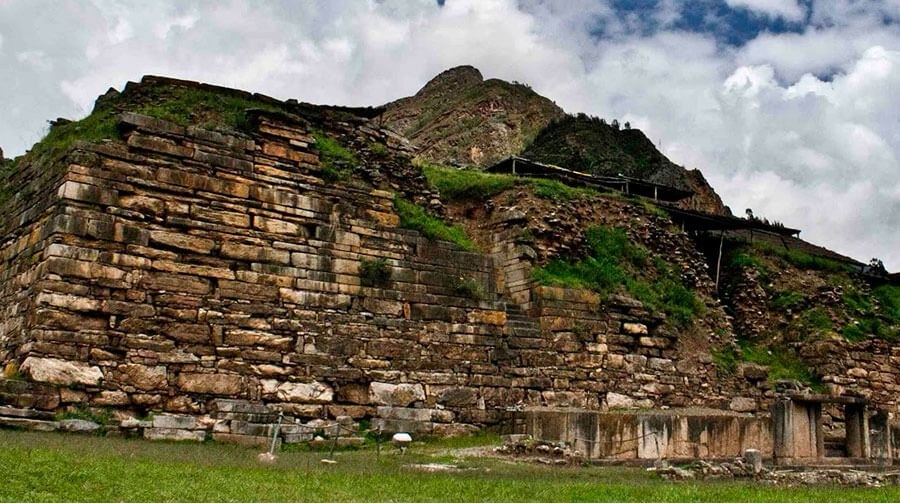
The Chavin civilization, which flourished in the central Andes from the 15th century BC to the 5th century BC, marked an era of significant cultural and artistic advancement. The Chavin were particularly renowned for their religious art and monumental construction projects. Their art, encompassing sculptures, paintings, and pottery, was deeply intertwined with their religious beliefs and concepts of the afterlife. This artistic expression played a pivotal role in establishing the first universal belief system in the Andes.
The Chavin’s religious influence set the foundation for future civilizations such as the Paracas and Incas. Furthermore, their urban center evolved into a major pilgrimage site, fostering rapid growth and earning preservation as a UNESCO World Heritage site. The Chavin also introduced advanced construction techniques, including intricate stone buildings, terraces, internal tunnel systems, and sophisticated drainage systems, which were unparalleled in South America at the time.
8. Sao
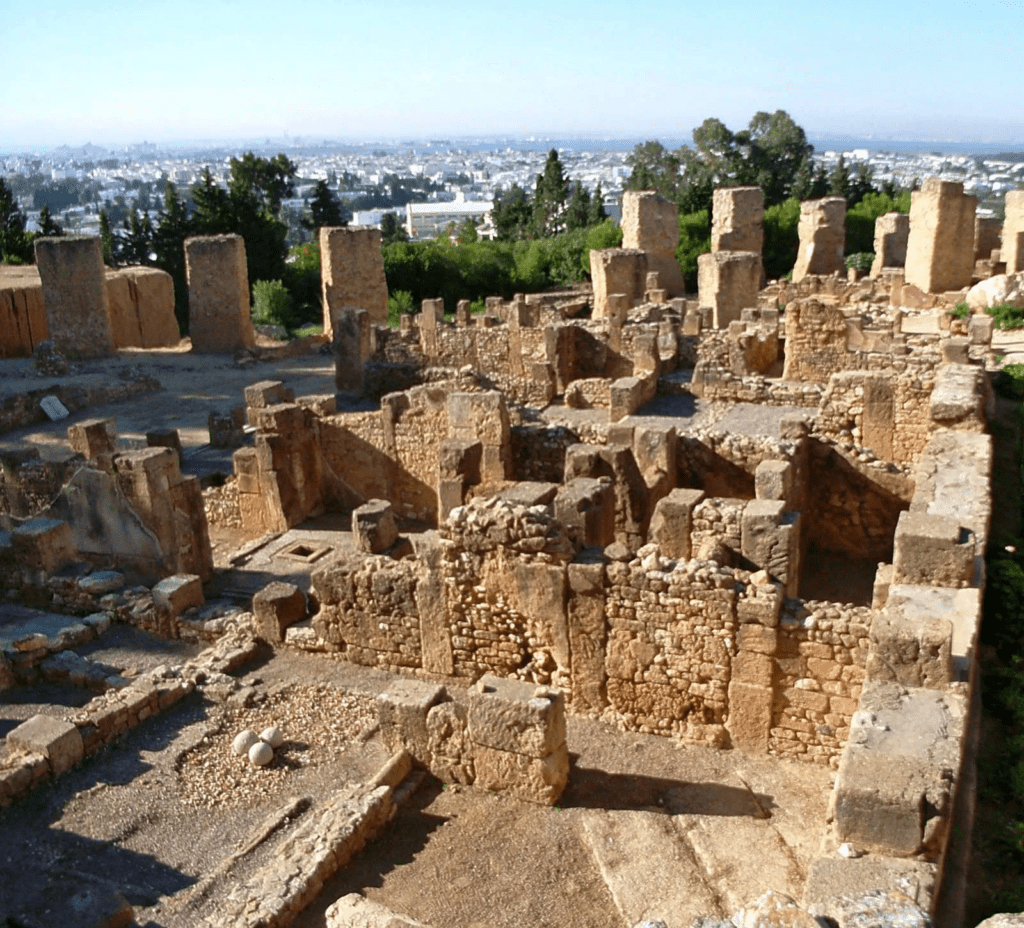
The Sao civilization, which thrived for over two thousand years in the region now known as Cameroon and around Lake Chad in Central Africa, began around 2000 BC. They established a network of powerful city-states that remained independent rather than forming a unified empire. Each city-state was significant and influential. The Sao were also advanced in their construction of extensive fortifications, including formidable walls and turrets, to safeguard their cities. These defenses have endured for centuries, even without written records of the Sao’s achievements. Their advanced fortifications were exceptional for the era, contributing to the civilization’s longevity.
The Sao civilization stood out for its creation of intricate tools, utensils, and artworks made from bronze, terracotta, and later iron, materials they acquired through trade. Their craftsmanship in terracotta artistry rivaled that of the ancient Chinese. The quality of the Sao’s creations was so high that many artifacts have endured to this day. Although they left no written records, archaeologists have gleaned significant insights about the Sao from these sophisticated artifacts, which attest to their lasting presence in Central Africa.
7. Garamantes
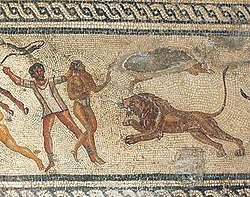
The Garamantes civilization flourished in the arid Sahara Desert, specifically in the southwestern part of present-day Libya, from around 400 BC to AD 400. Despite the harsh desert conditions, with minimal rainfall and no surface water sources, the Garamantes ingeniously tapped into a vast underground sandstone aquifer. They developed advanced drainage techniques to access this water, allowing them to sustain a thriving society in an otherwise inhospitable environment.
The Garamantes civilization was among the first to employ innovative water extraction technology. They built extensive networks of inclined tunnels called “foggara” and “qanats” beneath the Sahara’s surface to access groundwater. These tunnels stretched nearly 500 miles (805 kilometers), enabling the Garamantes to elevate water for irrigation. Initially, this system was sustainable, as annual rainfall adequately replenished the aquifers for crop cultivation. However, over time, their growing water demand resulted in overexploitation of the aquifers.
A prolonged period of low rainfall, combined with the Garamantes’ excessive use of aquifers, caused water levels to drop below the aquifers’ recharge capacity and beyond the reach of their tunnels. As a result, the “foggara” irrigation system ceased to function, endangering the Garamantes civilization. Consequently, the inhabitants were forced to abandon the desert and migrate to more fertile lands to the north or south. Despite this, the Garamantes had a remarkable millennium-long existence and are remembered for their pioneering role in groundwater irrigation in arid regions, a notable achievement.
6. Tlaxcala
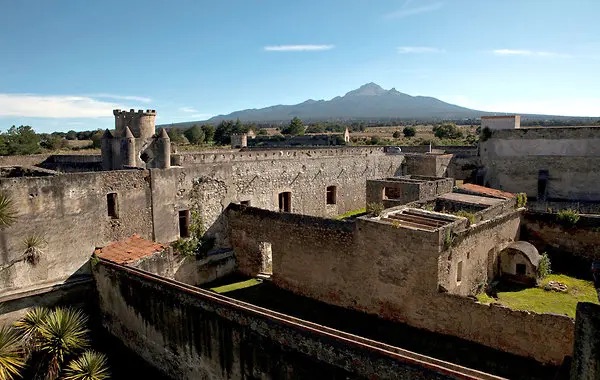
The Tlaxcala civilization controlled a significant but modest territory in present-day Mexico during the 14th and early 16th centuries, overlapping with the Spanish conquest attempts. The Aztecs, who had long dominated the region, had formidable military power that enabled them to subjugate neighboring civilizations. Before the rise of the Tlaxcala, other groups like the Cacaxtla and Teo-Chichimeca had emerged but were quickly overpowered by the Aztecs’ military and political dominance.
The Tlaxcala civilization was distinctive among indigenous groups in Mexico for its successful resistance against Aztec expansion. Their formidable warriors posed significant challenges to the Aztecs, causing them to redirect their conquests elsewhere. This resistance allowed the Tlaxcala to retain control over their territory in the central highlands of Mexico, near present-day Mexico City. When the Spanish arrived, the Tlaxcala wisely formed an alliance with them, contributing to the defeat of the Aztecs. In gratitude for their assistance, the Spanish granted the Tlaxcala considerable land rights and autonomy during the colonization of Mexico.
The Tlaxcala civilization endured for many years following the Spanish conquest. Although it lost some of its former strength, the privileges granted by Hernan Cortes and his forces remained intact. As Mexico emerged as a nation, Tlaxcala was established as a distinct administrative region. Presently, it is an independent Mexican state, albeit small and densely populated, yet it retains the pride and heritage of its ancestors who defied the Aztecs and cleverly navigated the Spanish arrival, unlike other groups that succumbed quickly.
5. Zapotec
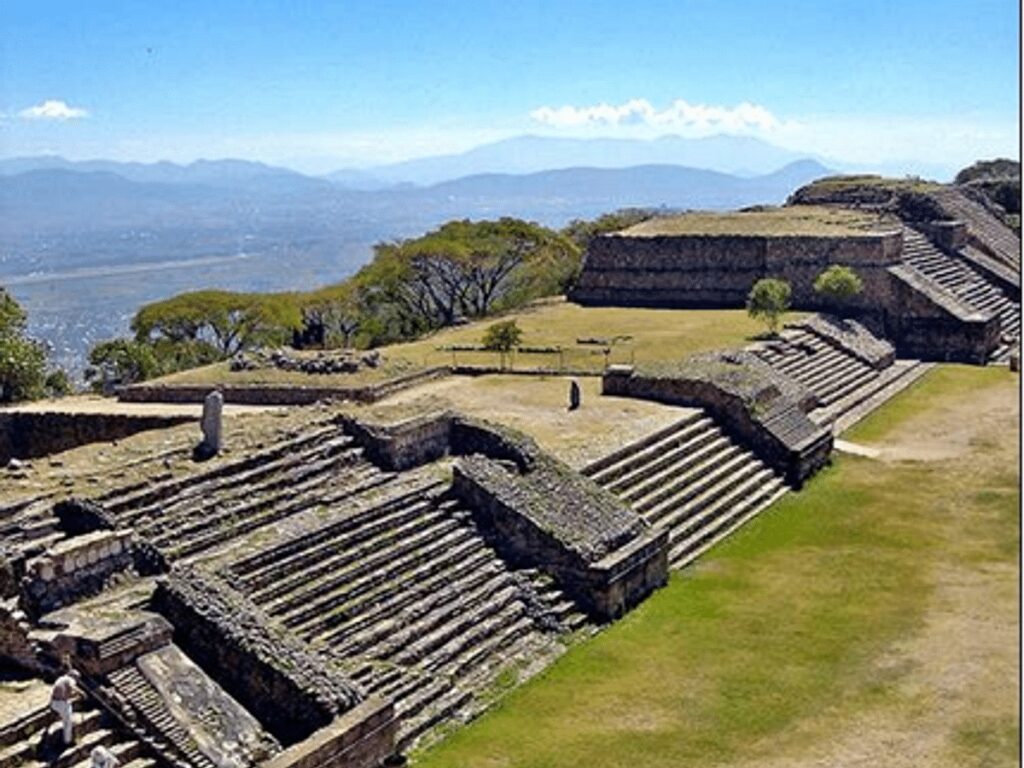
The Zapotec civilization, known as “The People,” flourished in the Valley of Oaxaca from approximately 700 BC to 1521 AD. Their peak era was between 250 and 700 AD, during which they dominated much of southern Mexico from their capitals, Monte Albán and Mitla. The Zapotecs were pioneers in various fields, including the creation of a unique writing system and advanced architectural techniques.
The Zapotec civilization, based in the Valley of Oaxaca, was distinguished by developing one of the earliest standardized writing systems in the Americas. This system was independently created and became one of the few known in the Western Hemisphere during its peak. Additionally, the Zapotecs excelled in architecture, especially in their second capital, Mitla, where they built elaborate stone structures adorned with intricate mosaic designs. These accomplishments set them apart from other Mesoamerican cultures of their era.
Monte Albán, the Zapotecs’ original capital, features a sophisticated design with structures and temples aligned with astronomical events, reflecting their knowledge of astrology. Despite their intellectual achievements, the Zapotecs were not as formidable in warfare as the Tlaxcala. Around 1000 AD, the Mixtec and Aztecs started encroaching on Zapotec territory. By the 16th century, during the Spanish conquest, the Zapotecs had been assimilated into Aztec culture. Nevertheless, descendants of the Zapotec people still live in Oaxaca, preserving their heritage.
4. Sogdiana
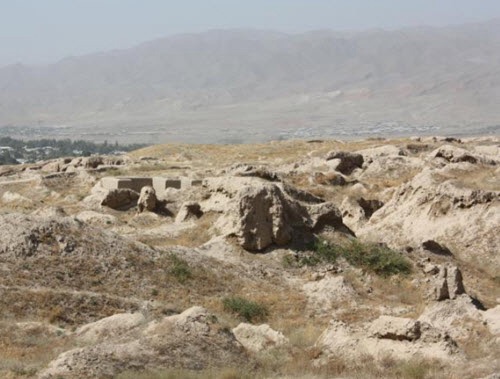
The Sogdian civilization prospered in the agriculturally rich region of Sogdiana in Central Asia. Their strategic location along the Silk Road, which linked China, India, and Persia, allowed them to become crucial traders and intermediaries in global commerce.
The Sogdians, living in the fertile region of Sogdiana along the Silk Road, were crucial traders and intermediaries between China, India, and Persia. They supplied travelers with essential goods and services, facilitating trade while mastering multiple languages, including ancient Persian, Chinese, and Turkish. Their linguistic influence impacted travelers and left a lasting mark on the languages of distant cultures. The Sogdians’ contributions to trade and language were substantial.
The Sogdians were exceptional traders and innovators, introducing new goods and technologies such as paper and gunpowder along the Silk Road. They were instrumental in spreading Buddhism from India to China. However, by the 8th century AD, their empire began to decline due to invasions by Turks, Mongols, and Arab conquests.
As the Sogdian empire declined, the Silk Road’s prominence also diminished. However, before their fall in the late 700s, the Sogdians played a crucial role in Asian trade. They remain a significant yet often overlooked group in history.
3. Lydia
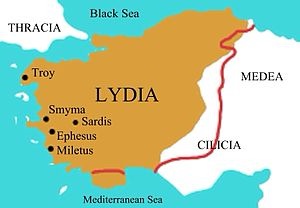
The Lydian civilization, flourishing in Anatolia (modern-day Turkey) from around 1200 BC to the 7th century BC, was a dominant regional power. Their strategic location, fertile lands, and access to the Mediterranean fostered trade and cultural development, establishing them as one of the most notable civilizations of their era.
As their wealth and trade grew, the Lydians aimed to better manage their economy. They enlisted their skilled metallurgists to devise a solution, resulting in the creation of the world’s first gold and silver coins. These coins became the currency used in commercial businesses and retail shops for transactions. This innovation laid the foundation for modern commerce, so when you use currency today, you’re participating in a tradition that started with the Lydians.
The Ionian Greeks adopted the Lydian coinage system, integrating it into their own culture and expanding the concept of retail shops. This adoption significantly contributed to the Greek commercial revolution of the 6th century BC. Although the Lydians did not witness the lasting impact of their innovations, their wealth and advancements attracted the attention of the Achaemenid Persian Empire. In the 6th century BC, Cyrus the Great conquered Lydia, marking the end of the Lydian civilization. However, their legacy endures through the introduction of coins and the concept of retail commerce.
2. Moche
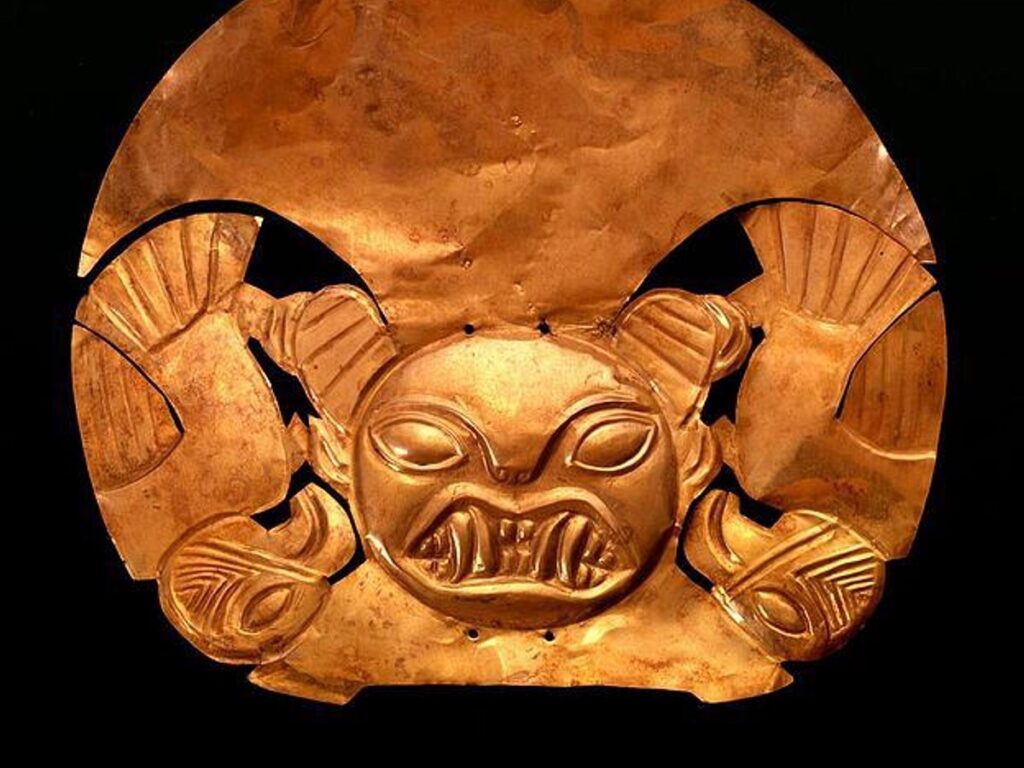
The Moche, also known as the Mochica, formed a prominent civilization along the northern coast and valleys of ancient Peru from the first to the ninth century AD. While coexisting with the influential Nazca civilization to the south, the Moche maintained their independence through military prowess and political skill. Their strength was particularly evident in their artistic talents, especially in metalwork, akin to the Lydians’ craftsmanship in Anatolia. The Moche produced exquisite metal jewelry and domestic tools, highlighting their artistic excellence.
No other South American culture of their time equaled the Moche’s metallurgical expertise. The Moche left behind a rich collection of religious and artistic artifacts that offer valuable insights into their sophisticated culture. Their artistry was remarkably advanced, indicating a level of cultural sophistication rare among New World societies. The Moche capital, also named Moche, was situated in a valley near Cerro Blanco Mountain and covered about 7,410 acres (300 hectares). It showcased advanced urban planning, reflecting a high degree of functionality and livability for its residents.
The architecture of the Moche capital was sophisticated, with multi-tiered structures, terraced inclines, ramps for easier access, and sloped roofs for effective rain management. These advanced features highlight the Moche civilization’s high level of cultural and developmental sophistication.
1. Jōmon
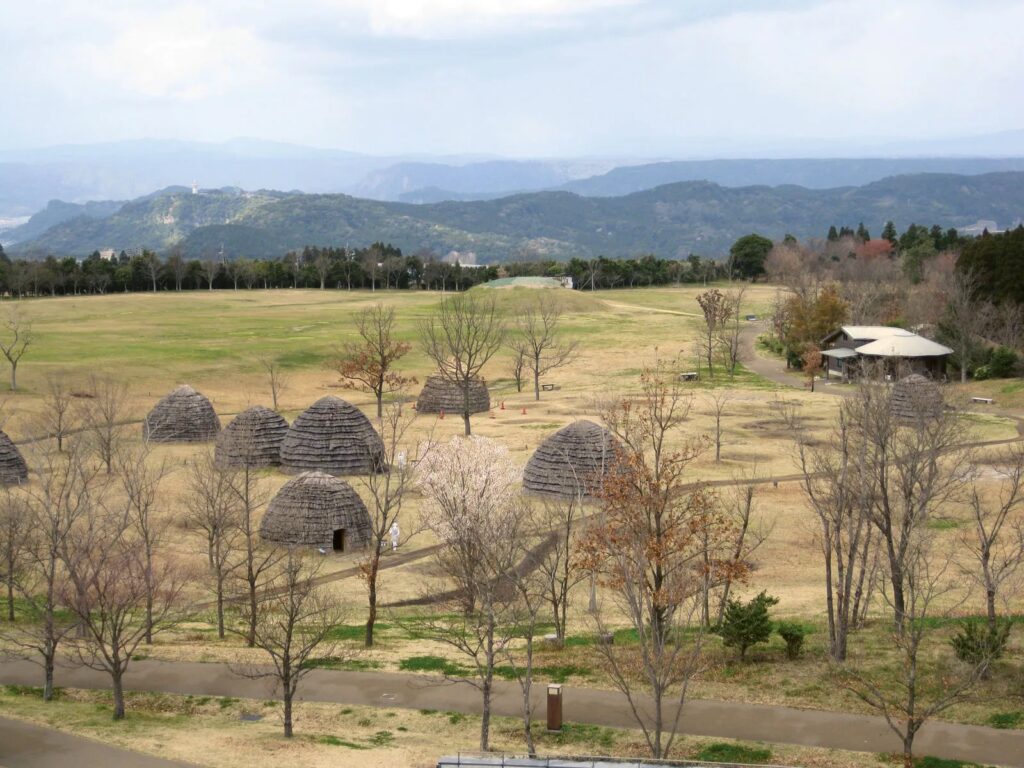
The Jōmon era in Japan began around 13,000 BC, with a margin of error of a few centuries, and lasted until just before the 1st century AD. Historians consider this period as the beginning of authentic Japanese history, marking Japan’s emergence as a significant culture. The Jōmon people were notable for their advanced and settled way of life.
Unlike many other societies of the time, which were nomadic or semi-nomadic, the Jōmon had sufficient agricultural knowledge to establish permanent settlements. They built some of the earliest known permanent dwellings in Asia, which laid the foundation for their sedentary lifestyle and the development of additional technologies.
The Jōmon people were exceptional potters, producing unique and artistically significant pottery. Their expertise extended beyond aesthetics; they crafted pots with specific shapes and discovered that heating clay made it durable. This innovation suggests to archaeologists that the Jōmon used these distinctive pots for cooking and long-term food storage. Such containers supported their settled lifestyle by ensuring a stable food supply, reducing the need for frequent hunting or foraging.
